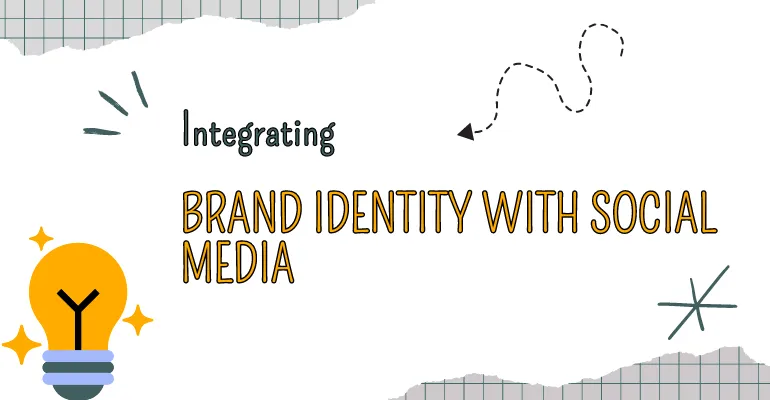Social Media Growth Hacks Every UAE Business Should Know
Introduction
In today’s fast-paced digital world, especially in a competitive market like the UAE, social media is more than just a branding tool—it’s a direct pipeline to community, loyalty, and growth. But organic reach is shrinking, algorithms are unpredictable, and simply posting daily isn’t enough.
The real question isn’t “Are you on social media?” but “Is your strategy working for you?”
For UAE-based businesses, unlocking the right mix of creativity and performance is key. Below, we explore powerful, lesser-known social media growth hacks tailored for the UAE market—plus a surprising secret weapon: your email list.
The Power of Cross-Channel Synchronization
Most brands treat email and social media as two separate ecosystems. But when they’re integrated, they become a growth engine. Imagine turning every new Instagram follower into a newsletter subscriber—and vice versa.
By using what we call an inbox-to-feed strategy, you guide users from email content straight into your social platforms using purpose-driven links, story-style visuals, and mobile-first layouts. When your email audience interacts with your posts, it sends positive signals to the algorithm—boosting your visibility to new audiences in the UAE.
This isn’t just cross-promotion. It’s email-triggered engagement.
Consistency Backed by Data
Posting regularly sounds obvious, but few businesses match consistency with insight. Using data from email campaigns—like what kind of subject lines got the most clicks or what time users engaged—you can mirror those behaviors on your social channels.
Think of it as email-powered content testing. If your email subscribers click more on “Behind the Scenes” stories than product launches, try adapting that into a reel. You’re not guessing—you’re repurposing based on performance.
Build Real-Time Connection with Timely Content
The UAE audience loves relevance. National holidays, Ramadan specials, and expo events—this is your content goldmine. But the timing must be precise. Email can help you drive urgency before a post goes live.
Try sending pre-social alerts to your email list: “We’re going live at 6 PM with exclusive tips.” Not only does this increase views and engagement, but it creates a sense of loyalty—your subscribers feel like VIPs who get early access.
This strategy also improves your social content momentum, something platforms like Instagram reward in the algorithm.
Micro-Influencer Engagement via Email Segments
Instead of chasing mega-influencers, focus on building a tribe of micro-creators—people who already follow and trust your brand. Start by identifying highly engaged subscribers from your email list (the ones who click, reply, or share). These are often hidden micro-ambassadors.
Reach out with personalized messages or early-access content they can post about. This grassroots promotion style not only feels more authentic, it also often outperforms paid ads.
This is what we call a community-first growth loop.
Turn Comments into Conversions Using the Inbox
Every time someone comments on your post, that’s a conversation starter. Most brands leave it there. But if that person’s already on your email list, you can follow up with a related offer, article, or behind-the-scenes content straight to their inbox.
This tactic, which we call comment-to-inbox nurturing, bridges the gap between public interaction and private conversion—quietly but effectively.
Conclusion
UAE businesses don’t just need to exist on social media—they need to stand out. That doesn’t always mean flashy visuals or viral content. Sometimes, the biggest growth comes from the smartest integration.
By reimagining how email and social media work together—from content timing to engagement loops—you create a strategy that’s not just reactive, but predictive.
Whether you’re trying to grow Instagram in the UAE, boost your digital reach, or turn passive followers into active customers, remember: the smartest growth hacks are often happening behind the scenes—in the inbox.














